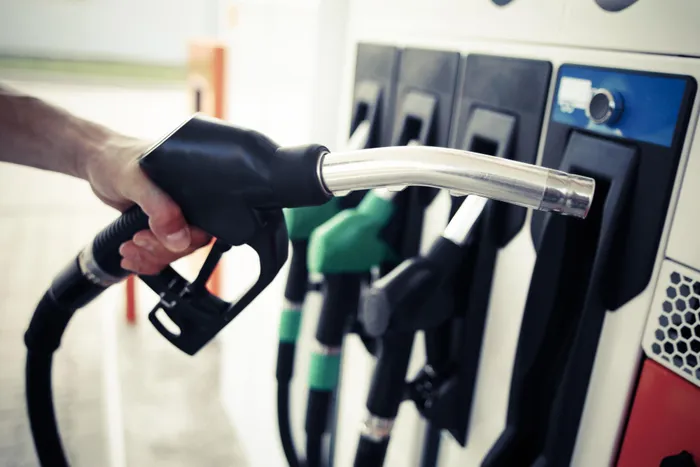Middle East tensions could see an increase in SA fuel prices

South African motorists may have to dig deeper into their pockets in July, as another potential fuel price hike looms.
Image: Newspress
South African motorists may have to dig deeper into their pockets in July, as another potential fuel price hike looms.
According to mid-June data from the Central Energy Fund (CEF), Petrol 95 is under-recovering by about 47 cents per litre, and Petrol 93 by around 43 cents.
Diesel prices are showing larger under-recoveries of approximately 69 and 71 cents per litre for the two types respectively. Illuminating paraffin is also under-recovering by roughly 57 cents per litre.
An under-recovery occurs when fuel levies do not fully cover the rising global oil prices and currency fluctuations, resulting in higher pump prices to compensate for the shortfall.
These are only projections based on mid-month data and not final figures. The Department of Mineral Resources and Energy will confirm the official prices just before they take effect in July.
The situation is a result of a sharp jump in Brent crude prices because of the ongoing conflict in the Middle East between Israel and Iran.
The conflict began last week when Israel launched strikes against Iran, targeting its nuclear and military facilities. These strikes resulted in the deaths of the head of Iran's Revolutionary Guards and several top nuclear scientists.
The situation was made worse when the US joined the war by launching an attack on Iranian nuclear sites with US President Donald Trump saying they had "totally obliterated" Iran's main nuclear sites.
"Tonight, I can report to the world that the strikes were a spectacular military success," Trump said.
According to Oxford Economics since the war began Brent crude oil prices spiked by over 10%.
Oxford Economics is a "leading global economic advisory firm, providing data-driven insights and forecasts".
"The Brent crude oil price spiked by over 10% as the conflict started and remains elevated in the $70-$78 per barrel range at the time of writing, well above pre-escalation levels.
"The most severe scenario is a closure of the Strait of Hormuz. Around one-third of all seaborne oil passes through this chokepoint, and a shutdown would freeze oil exports from Kuwait and Qatar, and restrict exports from Iraq, the UAE, Oman, and Saudi Arabia".
mthobisi.nozulela@iol.co.za
IOL Business
Get your news on the go, click here to join the IOL News WhatsApp channel
Related Topics: